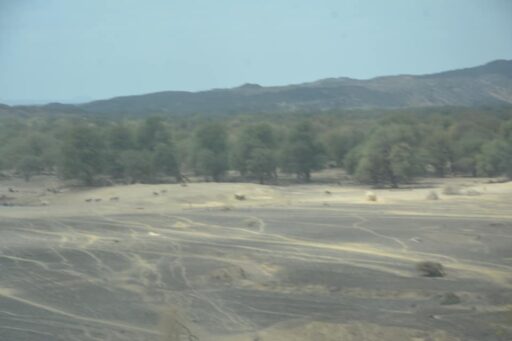
Haramous/Loyada consists of two main wet habitats but for simplicity is designated as one site and part of it, was declared as the first and only Ramsar site of the country when Djibouti ratified Wetlands Convention in 2003. The site supports large inter-tidal mudflats with mangroves patches in several areas. The eastern coastal terrestrial part of the site is formed low sandy plain intersected by well vegetated wadis and covered with sparse acacia and shrubs.
The area supports large populations of passage and wintering shorebirds some of them are estimated as more than 1% of global population i.e. Crab Plover, Terek Sandpiper, Lesser and Greater Sandpipers as well as more than ten species of herons, Sacred ibis, Yellow-billed and Abdim’s Storks and Greater and Lesser Flamingos. In addition, individual of Arabian bustard and Arabian Golden Sparrow variable flocks, Greater or Lesser Hoopoe larks can be observed in the area (Houssein Rayaleh pers om).







